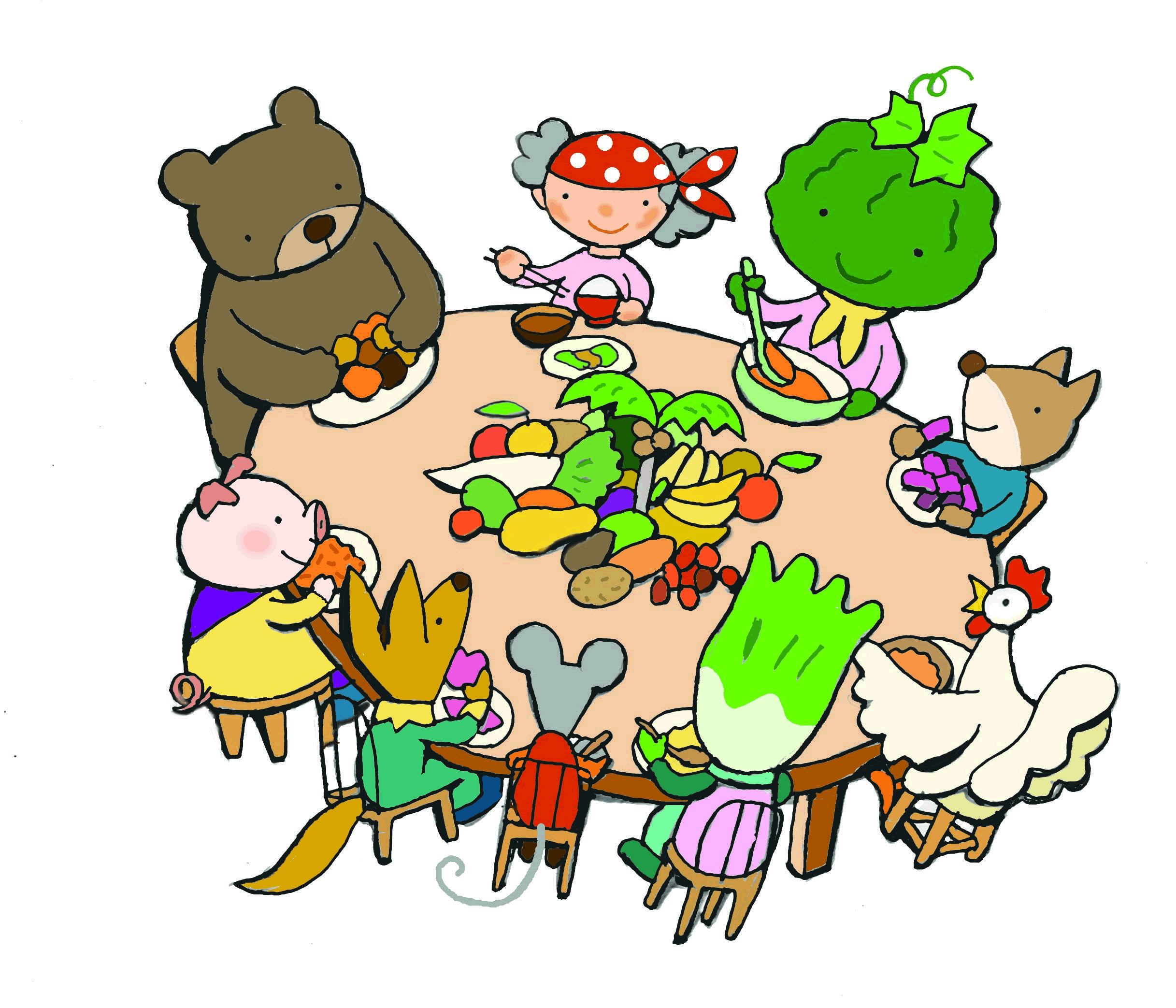One of the main pillars of Consumers Union of Japan is that we care deeply about food safety, which is connected to food security issues. We constantly try to monitor food production and are concerned about how things are developing or rather, deteriorating. Sometimes, we are taken by surprise. So, when I read in the newsletter from the Kansai-based Yotsuba Group that Japan’s self-sufficiency rate for sesame seed has dropped to 0.1%, well, it turned out to be one of many such cases.
The main place for growing sesame seed is a small island called Kikaijima in Kagoshima prefecture, in southern Japan, part of the Amami Islands. Their white sesame is a local variety that accounts for around 70% of Japan’s total domestic sesame seed production. But, for several years, abnormal weather and especially rain from typhoons have wrecked havoc on the small island’s farms, due to global climate change. Volcanic activity nearby has also brought unusual levels of ash to the fields. Taken together, domestic sesame seed farming in Japan is currently in great danger.
Another example is the small citrus fruit called sudachi in Japanese (which is also grown in Peru). Just like sesame, this is an important ingredient in Japanese traditional cooking. But when I checked, the farmers tell me many of them are getting too old to continue growing this special product. Also, there are places where tea will no longer be grown unless efforts are made to seriously support local and regional farms as well as the companies that bring such wonderful gifts to the market. This is a serious issue we call “food security” which is fundamental when we start discussing “food safety” and other concerns. Consumers Union of Japan continues to be at the forefront of the debate to resolve these important issues.
By Ono Kazuoki, CUJ
December 18, 2017

